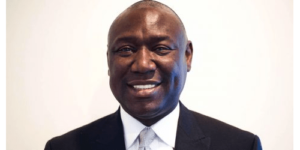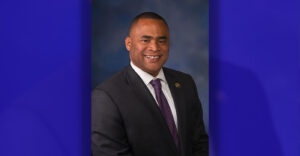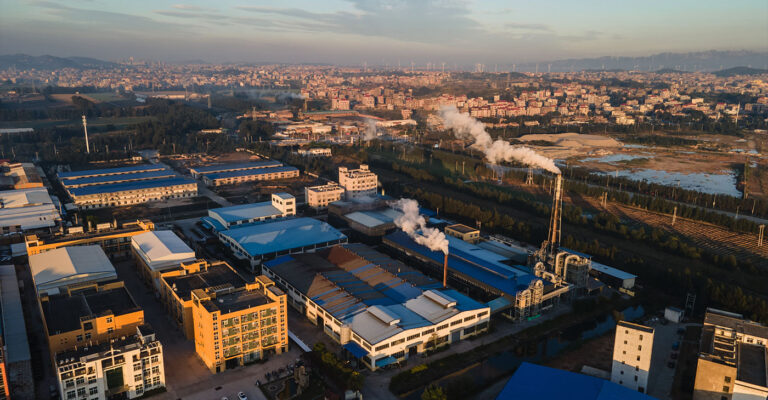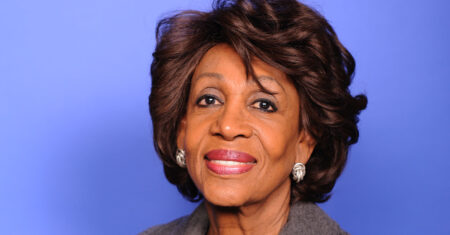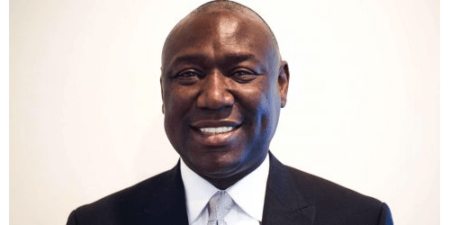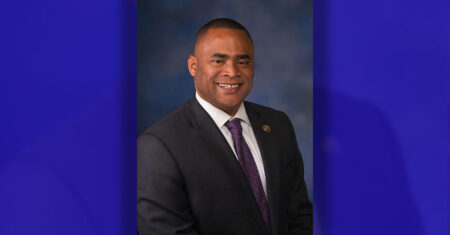By Stacy M. Brown
Black Press USA Senior National Correspondent
The National Newspaper Publishers Association (NNPA) has relaunched its global news feature series on the history, contemporary realities, and implications of the transatlantic slave trade as today’s leaders try to erase this history. This is Part 8 in the series. “Racism is still with us. But it is up to us to prepare our children for what they have to meet, and, hopefully, we shall overcome.” — Rosa Parks. “Racial discrimination is the deliberate targeting of ethnic and minority communities for exposure to toxic and hazardous waste sites and facilities, coupled with the systematic exclusion of minorities in environmental policy making, enforcement, and remediation.” — Dr. Benjamin F. Chavis Jr., 1981
Decades ago, Civil Rights Leader Dr. Benjamin F. Chavis Jr., who now serves as president and CEO of the National Newspaper Publishers Association, coined the term “environmental racism.” It not only proved a true term, but it also linked several eras to the present day that still harken back to centuries of demeaning and demoralization of Black Americans since the beginning of the transatlantic slave trade 500 years ago.
Once the slave trade ended, other oppressive eras ensued: The Antebellum Period, the Dred Scott Decision, the American Civil War, Jim Crow, Racial Terrorism, the Civil Rights Movement, and, throughout the 20th and 21st centuries, Environmental Racism, which has kept an immovable wedge between African Americans and the rest of America. In noting that Environmental Justice is an important part of the struggle to improve and maintain a clean and healthful environment – particularly for African Americans, who have traditionally lived, worked, and played closest to the sources of pollution – Chavis said that environmental racism is racial discrimination in environmental policy making and the unequal enforcement of the environmental laws and regulations. “It is the deliberate targeting of people-of-color communities for toxic waste facilities and the official sanctioning of a life-threatening of poisons and pollutants in people-of-color communities,” he said. “It is also manifested in the history of excluding people of color from leadership in the environmental movement.”
With President Donald Trump castigating the science of global warming, it’s little wonder that today’s environmental policies not only target people of color when it comes to the placement and operation of unhealthy facilities, they also exclude people of color from being a part of the policy making process — even though they are the ones who are usually most directly negatively impacted by environmental injustices. “The underlying message of environmentally racist tactics and strategies is that certain neighborhoods and certain people matter less than others, and that geographical vulnerability is inevitable, when in fact it is socially constructed to be this way,” said Dr. Deborah J. Cohan, an Associate Professor of Sociology in the Department of Social Sciences at the University of South Carolina Beaufort. “The message is that some groups of people and some neighborhoods are okay to be dumped on and treated as garbage. After all, garbage is trash; it is what we’ve decided we no longer need or have any use for,” said Cohan, who also writes for Psychology Today and Teen Vogue.
Cohan continued:
“It’s what we wish to dispose of, as we have decided it has no value. The problem with racism and society’s response to it is that we have failed to see this most basic thing: that in order to do that much damage to a community, one must so thoroughly objectify and dehumanize the people in it that they become things that can be discarded and forgotten about. People’s ability to thrive under these hostile conditions is greatly compromised.” While many celebrated the end of Scott Pruitt’s time as head of the Environmental Protection Agency, others argued that his brief tenure could have a lasting impact on marginalized communities dealing with poor health, water contamination, or air pollution, because of environmental injustice. And Trump’s policies revealed that the president himself cares little if at all about environmental racism. Studies have shown that black and Hispanic children are more likely to develop asthma than their white peers, as are poor children, with research suggesting that higher levels of smog and air pollution in communities of color are a factor. A 2014 study, as reported by VOX, found that people of color live in communities that have more nitrogen dioxide, a pollutant that exacerbates asthma.
The EPA’s own research further supported this. Earlier this year, a paper from the EPA’s National Center for Environmental Assessment found that when it comes to air pollutants that contribute to issues like heart and lung disease, blacks are exposed to 1.5 times more of the pollutant than whites, while Hispanics were exposed to about 1.2 times the amount of non-Hispanic whites. People in poverty had 1.3 times the exposure of those not in poverty. Even so, under Pruitt, enforcement at the EPA has dropped considerably, with civil rights cases suffering in particular. “Environmental racism is real. As documented in Richard Rothstein’s 2017 book, ‘The Color of Law,’ extensive federal, state and local government practices designed to create and maintain housing segregation also assured that polluting facilities like industrial plants, refineries, and more were located near Black, Latino and Asian American neighborhoods,” said Bruce Mirken, a spokesman for The Greenlining Institute, a public policy advocacy group in Oakland, Calif. “Extensive data show that low-income communities of color still breathe the worst air and have excessive rates of pollution-related illnesses like asthma and other respiratory problems,” Mirken said. “These problems won’t fix themselves. …As we move away from oil, coal, and gas to fight climate change, we must consciously bring clean energy resources and investment into communities that were, for too long, used as toxic dumping grounds. Here in California, the Greenlining Institute and allies have made considerable progress in designing our state’s climate policies to focus on underserved communities. Such efforts need to be increased and expanded nationwide.”
What’s more, a scan of environmental boards, C-suites, foundations, campaigns and funding, reveals a pronounced lack of diversity within the environmental movement that results in a white progressive world view that still values science and the physical landscape more than people — especially black and brown people — according to Felicia Davis, founder & CEO of the HBCU Green Fund and sustainability director at Clark Atlanta University. “These communities are also less affluent and more likely to be located near and experience environmental hazards. Katrina and Flint exemplify environmental racism addressed by environmental justice advocates,” said Davis, who’s also the author of “Air of Injustice,” and serves on the boards of Green 2.0, The Chattahoochee River Keepers, and the National Coalition on Black Civic Participation. Davis is also a U.S. representative for the global networking organization Gender CC – Women for Climate Justice and has traveled internationally to participate in numerous United Nations World Conferences on Climate Change.
“There is simply no denying the difference in response to predominantly black compared to predominantly white communities,” Davis said. “In spite of a growing focus on diversity, equity, and inclusion, race remains an identifiable factor that impacts both access to opportunity, information, and resources. This is a subtle systemic challenge referred to as institutionalized racism, and the outcome is limited investment in environmental justice organizations,” she said.
Davis continued:
“Since environmentalists are generally progressive, they sometimes target impacted communities under an environmental justice banner. Local or indigenous leadership is often undervalued, with outsiders funded to address issues for or with impacted communities. That this approach is not even considered inherently flawed is further evidence of how these communities are regarded.” Chavis also noted Trump’s declaration that climate change isn’t real. “The same people in high political positions that deny the truth of the science about climate change are the same people who deny the factual history and current manifestations of racism,” Chavis said.
“Environmental racism is real, as is climate change.”

